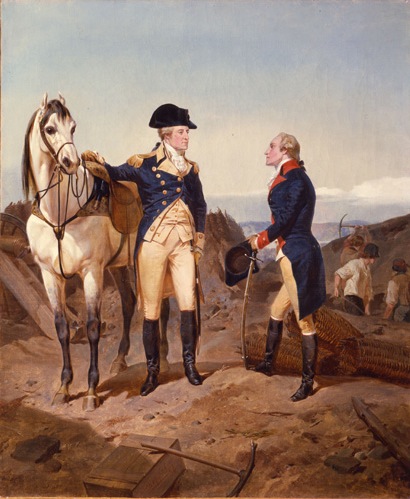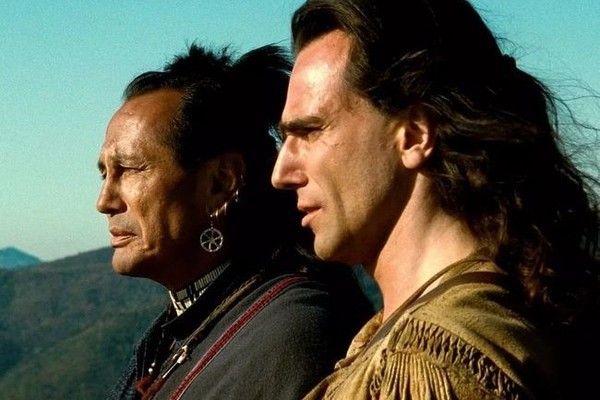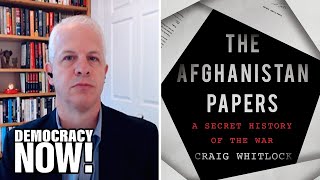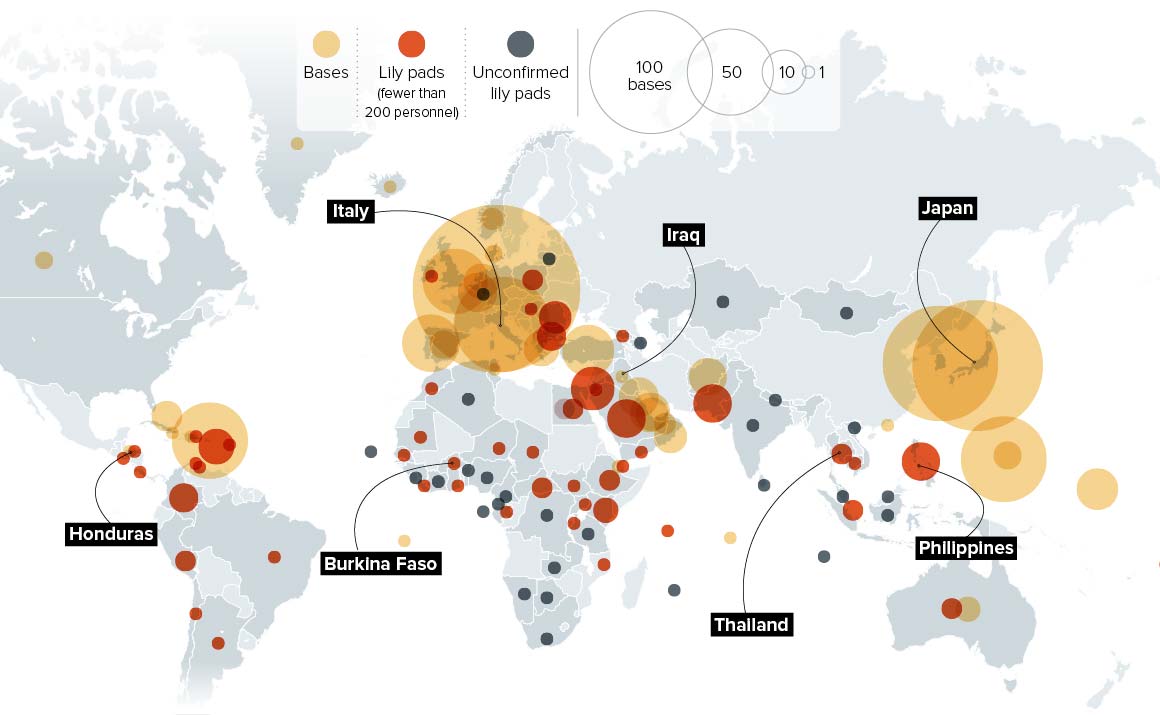U.S. Settler Colonialism, Fiscal Military State, Genocide, Mythical Histories
Friday, October 22nd, 2021Not a Nation of Immigrants: Settler Colonialism, White Supremacy, and a history of Erasure and Exclusion, Roxanne Dunbar-Ortiz, 2021
Tellingly, the first federal immigration law, which created the foundation for US immigration, was the 1882 Chinese Exclusion Act. It is crucial to recognize that when and how “immigration” as such began, it was based on overt, blatant racism and a policy of exclusion, and it has never lost that taint.
Settler Colonialism- Indigenous Erasure
Anishinabek historian Michael Witgen:
The United States imagines itself as a nation of immigrants…The United States aspired to be a settler colonial power, but the presence and persistence of Native people forced the republic to become a colonizer. The violence of settler colonial ideology is represented not only in the widespread dispossession of indigenous peoples but also in its attempt to affect their political, social, and cultural erasure…To imagine the United States as a nation of immigrants, devoid of an indigenous population, is not only a form of erasure, it is historically inaccurate. The United States was founded as, and continues to be, a nation of settler immigrants, locked into a struggle over the meaning of place and belonging with the Native nations of North America.

Hamilton the Musical – No slaves or freed slaves are portrayed
Alexander Hamilton – military man, slave owner and slave trader not an abolitionist
In the fall of 2020, a researcher at the Schuyler Mansion found evidence that had long been overlooked in letters and Hamilton’s own account books indicating that he not only bought and sold slaves but also personally owned slaves. The researcher, Jesse Serfilippi was unequivocal: “Not only did Alexander Hamilton enslave people, but his involvement in the institution of slavery was essential to his identity, both personally and professionally…It is vital that the myth of Hamilton as the ‘Abolitionist Founding Father’ end.“
U.S. a Fiscal Military State
The United States was thus founded as the first constitutional capitalist state and an empire on conquered land, with capital in the form of slaves and land (real estate). It is crucial to understand that this was exceptional in the world at that time and has remained exceptional.

Generals George Washington and Alexander Hamilton
Hamilton argued that the federal military was too weak to overawe the “savages”. The expansionist states of Georgia, Pennsylvania, and New York sought and gained federal protection of settler land claims. Hamilton and other Federalists invoked “savages” to justify a stronger federal state and a standing army. This elevated the dispossession of Indigenous peoples into a constitutional principal.
The Militia Act of 1792, the forerunner of the Insurrection Act of 1807, mandated a genocidal policy against the Indigenous nations of the Territory, allowing federal troops to eliminate the resistant communities in order the allow settler to occupy the land. The Militia Act was used two years later against Appalachian settlers in western Pennsylvania who were protesting an unfair tax on their distilleries. This was the sole work of Hamilton. Only with unlimited counter-insurgent war — destroying Indigenous towns, burning crops and food storage, driving inhabitants into peripheries as refugees–did the United States prevail, seizing most of present day Ohio. Military historian John Grenier writes, “For the first 200 years of our military heritage, then, Americans depended on arts of war that contemporary professional soldiers supposedly abhorred: razing and destroying enemy villages and fields; killing enemy women and children; raiding settlements for captives; intimidating and brutalizing enemy noncombatants; and assassinating enemy leaders…”
Settler Colonialism as Genocide
“Genocide” is a legal term with a precise definition, enshrined in the international treaty the United Nations Convention on the prevention and Punishment of the crime of Genocide…it went into effect in the United States only in 1988 when the US Congress finally ratified it…There is no statute of limitations…The statute is not retroactive, so the United States is not liable under the Genocide Convention before 1988.
Within the logic of settler colonialism, genocide was the inherent overall policy of the United States from its founding, but there are also specific documented policies of genocide on the part of US administrations that can be identified in a least live distinct periods:
(1) the Revolutionary War period through 1832 in the Ohio Country
(2) the 1930s Jacksonian era of forced removals
(3) the 1850s California gold-rush era in Northern California
(4) the Civil War and post-Civil War era (up to 1890)
(5) the 1950s termination and relocation period
Doctrine of Discovery Legal basis of Settler Colonialism Free-Soiler Imperialism
The shadow of genocide lies in the Doctrine of Discovery, which remains a fundamental law of the land in the United States, the legal framework that informs the US colonial system of controlling Indigenous nations…It (the Doctrine of Discovery) originated in a papal bull issued in 1452 that permitted the Portuguese monarchy to seize West Africa and enslave the inhabitants, the beginning of the transatlantic slave trade.
And yet, the United States has used the Discovery Doctrine to rationalize its colonial dominion over Indigenous peoples throughout its history, citing the Marshall court precedent as recently as 2005 in the US Supreme Court case of City of Sherrill v. Oneida Nation of Indians in denying the Oneida Nation land claim.
Justice Ruth Bader Ginsburg wrote the unanimous decision.
“Free” Land Mostly Distributed to land speculators and large operators (railroads, etc.) not Families
The Federal land grants to the railroad barons–carved out of Indigenous territories–were not limited to the width of the railroad tracks, but rather formed a checkerboard of square-mile sections stretching for hundreds of miles on both sides of the right of way. This was land the railroads were free to sell to settlers in parcels for their own profit..As war profiteers, financiers, and industrialists such as John D. Rockefeller, Andrew Carnegie, and J.P. Morgan used these laws to amass wealth in the East, Leland Stanford, Collis P. Huntington, Mark Hopkins, and Charles Crocker in the West grew rich from building railroads with cheap Chinese and Irish labor and eastern capital on land granted by the US government.
Self-Indigenization Psychosis The Last of the Mohicans – Daniel Boone Myth Hero

Irishman Daniel Day Lewis Stars in blockbuster movie The Last of the Mohicans
A deep psychosis inherent in US settler colonialism is revealed in settler self-indigenization. The phenomenon is not the same as the practice of “playing Indians,” which historian Philip Deloria brilliantly dissected, from the Boston Tea Party Indians to hobbyists dressing up like Indians to New Age Indians.
Dunbar-Ortiz is referring to James Fenimore Cooper’s writings, most particularly The Last of the Mohicans which was made into a blockbuster film in 1992, and the mythical legends surrounding the real world Daniel Boone 1734-1820.
Are Appalachian Scots-Irish Settlers (hillbillys) Indigenous?
Razid Khan:
The early American Republic saw the emergence of a white man’s republic, where implicit white identity gave way to the expansion of suffrage to non-property holding white males as a natural right, and the revocation of what suffrage existed for non-whites based on their racial character. The Scots-Irish were a major part of this cultural evolution, being as they were generally part of the broad non-slave holding class. They may not have had the wealth of lowland planters, but the Scots-Irish were part of the aristocracy of skin…It is true that Scots-Irish Americans are arguably among the more racist white ethnic group.
Rancher and Mormon Indigeneity – Little House on the Prairie
Settler self-indigenizing is not limited to Appalachia. Under the guise of “regional studies,”, descendants of Appalachians and other early settlers who migrated west and settled in Missouri, Oklahoma, and Texas, may of whom trekked on to the valleys of California and the Pacific Northwest, also carry with them the sense of being the original people and often express an affinity for their versions of Indianness, being men who claim “to know Indians.” Another site is the intermountain west where white cattle barons dominate, many of them Mormon, who have their own indigenous origin story blessed by their God.
Capitalism requires cheap or free labor – Thirteenth Amendment Loophole – To the Carceral Landscape
However, the Thirteenth Amendment included an exception to freedom from servitude: “Neither slavery nor involuntary servitude, except as a punishment for crime whereof the party shall have been duly convicted, shall exist within the United States or any place subject to their jurisdiction.”
Continental Imperialism
John Quincy Adams in 1825:
The world should be familiar with the idea of considering our proper domain to be the continent of North America. From the time we became an independent people, it was as much a law of nature that this should become our pretension that the Mississippi should flow to the sea, Spain had possession of our southern border and Great Britain was upon our north. It was impossible that centuries should elapse without finding their territories annexed to the United States.
The United States is the only rich country that has a long border with a poor and formerly European-colonized country (Mexico), which provides a permanent reserve of surplus labor. And that border was imposed by an imperialist war.
Self-Indigenization of Italians
The oppressed masses of Italian immigrants would find the attachment to Columbus an avenue to acceptance. They realized that the accepted representation of Columbus as “first founder” of the United States served to connect being Catholic and being Italian with the very birth of the United States; therefore, Italian immigrants could present themselves as descendants of the original Italian founder, not so much as immigrants but returnees, as part of the origin story of the United States.
Exclusion, Inclusion, and Erasure
The self-indigenizing narrative of being first settlers or discovers, like the Hispanos of New Mexico, the Scots Irish of Appalachia, the Irish Catholics, the western US white ranchers, and the US states adopting Columbus as first founder, appears as a requirement for citizenship acceptance, erasing the still living, still colonized Indigenous nations, the majority of whom had been removed from the eastern United States where the European immigrants made their homes…Reliance on founding myths and pursuing whiteness were not options for Chinese immigrants who began arriving on the West Coast and in New York at the same time as the Southern and Eastern European Catholic and Jewish immigrants were populating the industrial centers of the east.
In 2014 Franciscan colonizer of California Junipero Serra was canonized as a saint at the protestant Washington National Cathedral. Pope Francis officiated with Obama in attendance. Serra had presided over one the most brutal genocides and erasures in US history.
Mahmood Mamdani writes, “If the race question marks the cutting edge of American reform the native question highlights the limits of that reform. The thrust of struggles has been to deracialize but not to decolonize. A deracialized America is still a settler society and a settler state.” Attempts to “include” Native peoples as victims of racism further camouflages settler colonialism. The US polity has been trying to rid itself of Indigenous nations since first settlement. Four hundred years later, multiculturalism is the mechanism for avoiding acknowledgement of settler colonialism. Mamdani correctly observes that the very existence of Indigenous nations “constitutes a claim on land and therefore a critic of settler sovereignty and an obstacle to the settler economy.”
Perhaps that is one reason so few US historians are willing to risk their careers by writing US history objectively. Even Howard Zinn’s 1980 book, A People’s History of the United States. remains eschewed by most professional historians…
See also anthropologist David Vine’s book The United States of War.






